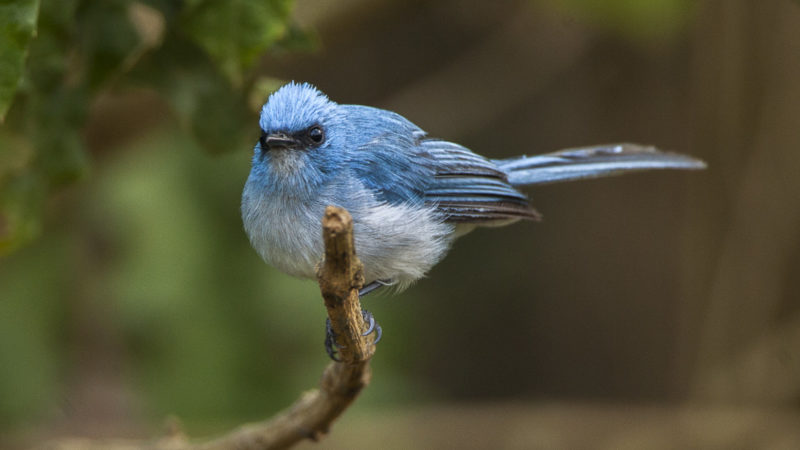Students: Julia Shiplacoff
Advisor: Dr. Debra Shier
Species monitoring research has arisen to assess the dynamic changes in species abundance and diversity that have resulted from deforestation. Areas of Kibale National Park, Uganda underwent selective logging up until December, 1969, and have since been regenerating. This study coupled vegetation sampling with mist-netting and birdcall recordings in two forest habitats— selectively logged (secondary) and unlogged (primary)- to assess the relationship between forest regeneration and bird communities, focusing also on several species. Analyses of canopy height, cover and the largest tree diameters at breast height revealed no difference in vegetation between the secondary and primary forests, suggesting that the secondary forest has regenerated significantly in the last 39 years. Species diversity quantification across the areas also showed no significant difference, however, the analysis of dawn chorus recordings using Raven 1.3 indicated that peak frequency, bandwidth and call duration did differ significantly between the two habitats, intraspecifically.

